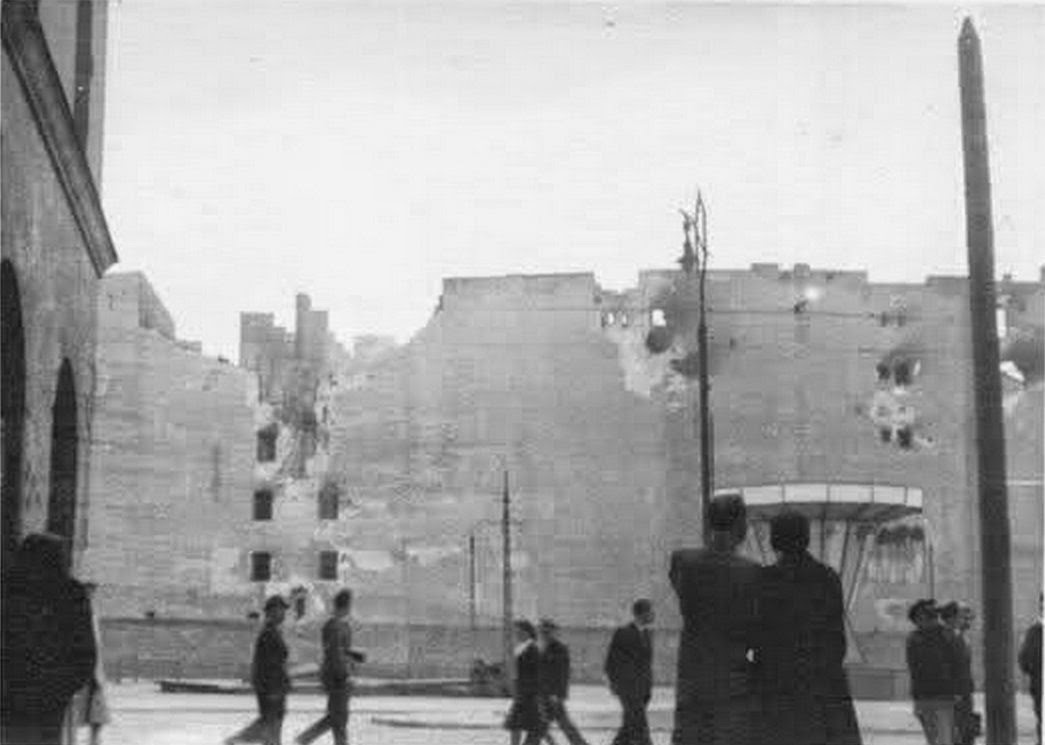On April 19, 1943, an uprising began on the territory of the largest Warsaw ghetto in Europe occupied by German Nazis. Its participants were Jews who in various ways managed to survive more than 3 years of discrimination, cruel abuse, life in inhumane conditions and mass deportations to death camps in the summer and autumn of 1942. Of the more than 400,000 people who were moved to the ghetto in 1939 – 1941, at the time of the uprising, about 50,000 people, mostly young people, remained in it. Having received a temporary reprieve from inevitable destruction, they no longer had any illusions about the goal of the Nazi policy of total extermination of the Jews of Europe.
At the end of July 1942, the Jewish Fighting Organization (Polish: Żydowska Organizacja Bojowa) rose up in the ghetto, which united in its ranks representatives of underground groups of various political orientations (from the left-wing “Bundu” and the “Youth Union of Tsukunft” to the right-wing “Beitar” and “Akiba”). Despite the fact that the organization had connections with the Polish underground, at the time of the outbreak of the uprising, it had a limited number of weapons and ammunition at its disposal (only a few hundred small arms).
The immediate impetus for the uprising was the news that the occupation authorities planned the final liquidation of the ghetto on the eve of the beginning of Pesach – one of the largest Jewish holidays, which symbolically connects Jews all over the world with the miracle of the Exodus from Egyptian captivity.
Around 6 o'clock in the morning on April 19, 1943, units of the SS, as well as the police, consisting, in particular, of people from other occupied territories – Latvia, Ukraine, etc., entered the territory of the ghetto for the purpose of final deportation. To their own surprise, instead of submitting to the fate of people, they were greeted by gunfire, explosions and fire. The force of resistance was so powerful that it forced the Nazis to retreat. However, already from the evening of the same day, they began the methodical, from a military point of view, and essentially anti-human destruction of the city quarters of the ghetto together with its inhabitants. Despite the superiority in forces, the executioners managed to finally suppress the resistance of the Jews in only one month – on May 16.
The uprising in Warsaw was not the first episode of open resistance to the Nazi policy of total extermination of the Jews. However, its scale and duration turned it into a symbol of the Dignity and Strength of the Human Spirit in the fight against Evil.
In the same year 1943, Czeslaw Milosz (1911–2004), future Nobel laureate in literature (1980) and Righteous Among the Nations (1989), who was in Warsaw during the German occupation and was an eyewitness of the Uprising in the Ghetto, wrote the poem “Campo di Fiori”. In it, he tried to formulate the atmosphere that prevailed on the “Aryan” side, behind the walls of the Warsaw Ghetto. In the subjective opinion of the author of this short message, the poet managed not only to reproduce the fragmentary and episodic nature of the memory of the tragedy of “others”, but also to emphasize the feeling of loneliness of those who managed to preserve their Dignity in the struggle.
Four decades later, in 1987, the essay “Poor Poles Look at the Ghetto” by Jan Blonski appeared on the pages of the Polish magazine Tygodnik Powszechny. The reflections of the outstanding literary critic, the opening motive of which was the poetry of C. Milosz, became an important stage in the Polish reflection and public discussion regarding Polish-Jewish relations during the Holocaust and the responsibility of each of those who were contemporary with the Catastrophe for its consequences.
Yehor Vradii

